When you turn your car on for the first time during cold weather, you may have to wait until the engine warms up. This is because the transmission slips when it's cold. You don't want to let this get out of control, because it can damage your transmission. We researched this problem, and we have the solution.
The transmission will slip or not engage the first time you drive your car in cold weather. When this happens, you should check if the car's transmission fluid is at the right level. If it isn't, then top off the fluid until it is. You might also perform a transmission flush and change the transmission fluid completely.
When cold weather arrives, you have to be prepared for it, especially with transmission slips happening when the vehicle starts. It's time to learn the solutions to this issue, so read on!
![Mechanic checks and repairs the automobile transmission system - Transmission Slips When First Starting [Cold Conditions]](https://vehq.com/wp-content/uploads/2022/07/Mechanic-checks-and-repairs-the-automobile-transmission-system-Transmission-Slips-When-First-Starting-Cold-Conditions.png)
How Can Cold Weather Affect A Car's Transmission?
During the winter months, the viscosity of the transmission fluid changes: it thickens. A thick transmission fluid takes longer to travel to the transmission components to lubricate them.
This is why it takes longer for the gears to engage when cold starting the engine in the morning. If your vehicle has been sitting for any time (especially during winter), it may have developed a sediment buildup in its transmission system.
As this occurs, the fluid becomes thicker and begins to resemble tar. It would be best if you took action as soon as possible, as the gunk will cause your transmission system a hard time engaging.
What Does A Transmission Fluid Do?
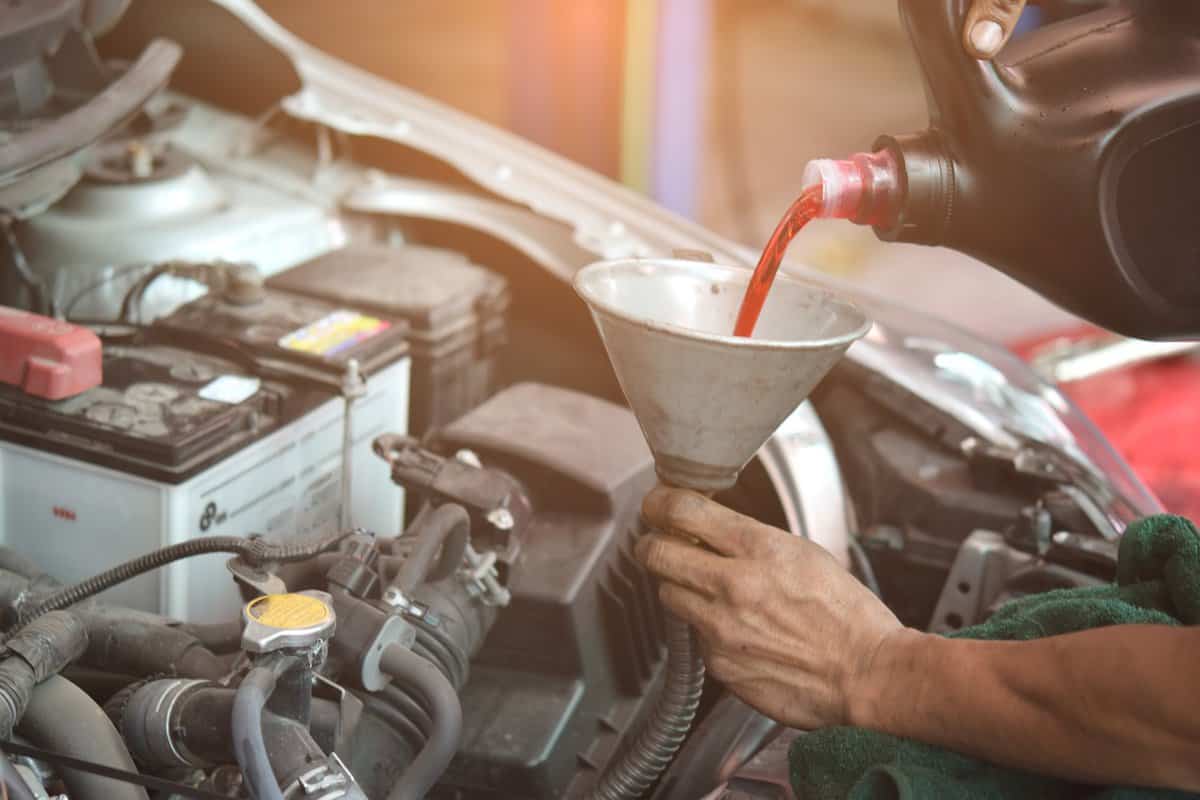
Transmission fluid has three main functions. First, it provides lubrication for the engine parts that move relative to each other. Second, the fluid helps absorb heat from friction in the moving components.
Third, the fluid reduces slippage between the gears within the transmission. Transmission fluids are used to keep your car's transmission running smoothly.
So if you don't use enough transmission fluid, your car's transmission may slip when switching gears, which eventually will cause damage to the inside of the vehicle.
If you want to get the most out of your vehicle, you need to ensure that you are using the right amount of transmission fluid—and the right kind of transmission fluid as well.
The best way to determine whether you are using too much or too little transmission fluid is by checking it with a dipstick. Always check your car's manual for the right amount of transmission fluid for your car model.
While keeping the transmission in top condition is important, you should also look for signs of overheating or leaking transmission fluid. You will know if your car's transmission fluid has overheated and if it smells burned.
Over time, the fluid becomes cooked at high temperatures and contaminated with dirt, metal shavings, and other contaminants. When this happens, its viscosity (its ability to resist shear stress) decreases, and your car's transmission performance may be affected.
The ideal temperature range for transmission fluid is between 175°F and 225°F. If you go above this, it can be bad for the transmission. Once again, these issues will occur more frequently if the transmission isn't maintained properly.
Check out this transmission fluid on Amazon.
Check out the video below on how to fix a slipping transmission:
What Is A Transmission System?
Transmission is the part of an automobile that converts power from the engine to the wheels through a series of gears.
A vehicle's transmission system consists of several components, including the gearbox, clutch assembly, torque converter, differential, driveshaft, and rear axle.
A car's transmission system may be automatic or manual. Electric motors drive an automatic transmission while hand-operated levers control a manual transmission.
Manual transmission gearboxes are more efficient than automatic ones since they use less energy. Automatic transmissions are usually found in luxury vehicles, whereas most manual transmissions can be seen in entry-level cars.
The primary function of a transmission is to convert the force of the engine into the rotational motion of the driving shaft. For this to happen, it requires lubrication and cooling fluids that keep its internal parts from overheating.
This process becomes complex when temperatures drop below freezing point.
When the engine runs at low speeds, transmission fluid circulates the transmission. At high speed, however, the circulating flow of fluid increases and causes the heat generated inside to rise above acceptable levels.
When this happens, the metal of the transmission housing begins to expand, causing the seals to crack and leak. As a result, the transmission loses the ability to transmit power.
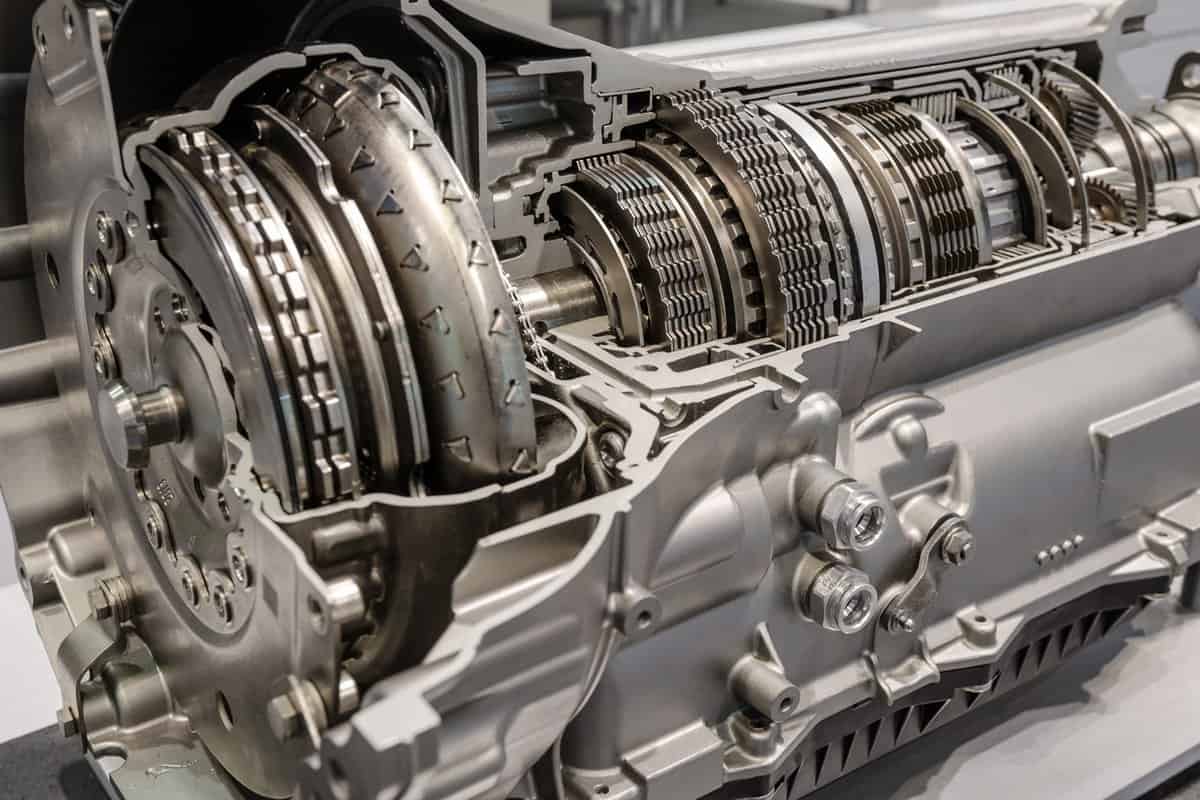
How Does A Car's Transmission System Work?
The function of a transmission is to transmit torque at variable speed ratios and to apply brakes to achieve these changes. A typical manual-transmission vehicle requires changing five separate gear settings.
However, most automatic transmissions have six forward speeds. In addition, some vehicles use a continuously variable transmission rather than a traditional step-change mechanism.
Transmissions can either operate directly on the crankshaft or indirectly on one of the camshafts. Either method allows the transmission to convert mechanical energy into rotational motion, which is then applied to the driving wheel of the vehicle.
Common Reasons Why Transmission Slips
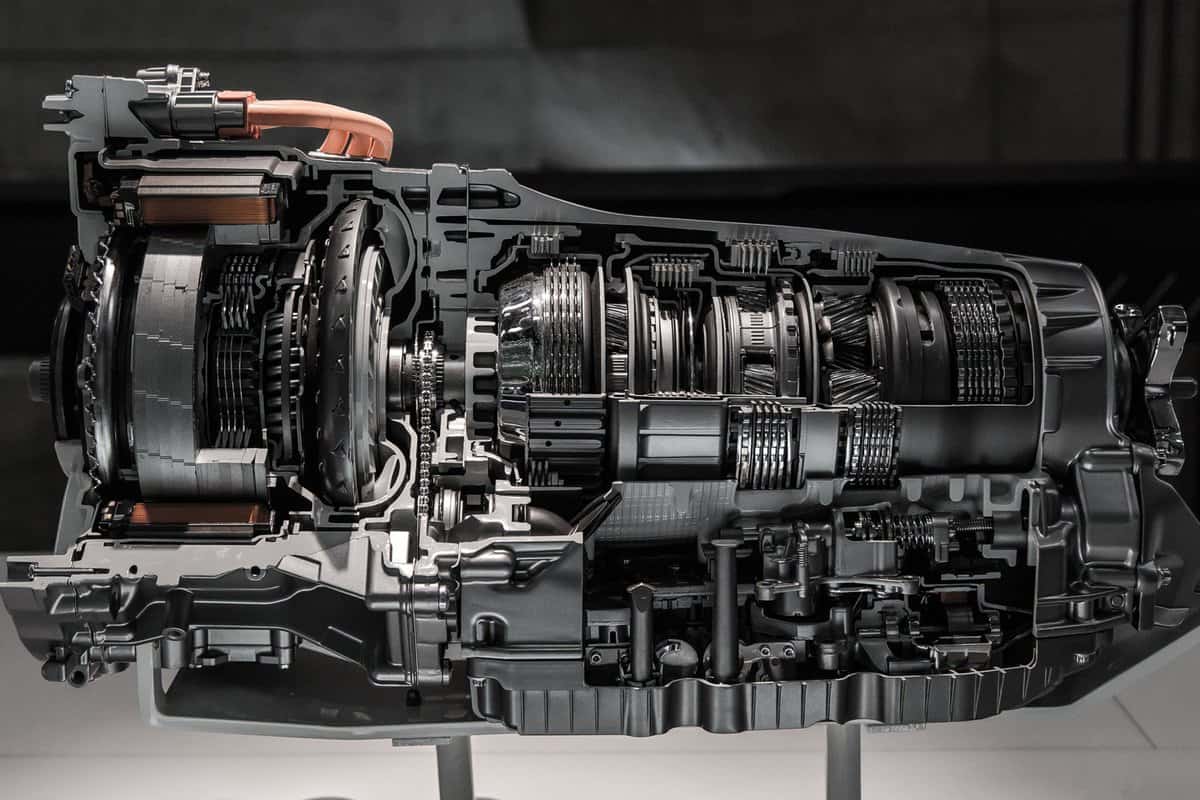
Transmission slips can happen for many reasons. So you're going to want to make sure that you are checking the transmission fluid level when you get a chance. If you don't, you might have an expensive repair bill later on.
In addition to this, there could be other issues. For example, you may have worn-out clutch plates. This is something that you will need to check out before you start driving again.
There are also a lot of common reasons why transmissions slip. The most common ones include:
Faulty solenoid
A transmission solenoid is a valve that controls the flow of hydraulic fluid from the hydraulic pump to the transmission. The main purpose of the solenoid valve is to control the flow of the fluid to the transmission to control the gear ratio and apply the clutch pressure to the clutch.
A broken solenoid valve may cause the transmission to slip as it may not be able to control the flow of the transmission fluid to the transmission system.
Worn-out clutch plates
Clutch plates are the parts that the engine engages with to start and stop the transmission. They are the most critical part of the transmission. The clutch plate is a circular, usually steel or cast iron, a disc that engages the flywheel and the pressure plate.
The clutch is held in place by a pressurized hydraulic fluid which is supplied by the hydraulic clutch pressure system. The clutch pedal controls the pressure.
A worn-out clutch plate will have issues engaging with the engine. Common signs of a bad clutch include:
- Grinding noise
- It smells like something is burning
- Gear not engaging
- Gear slipping
- Clutch pedal is too sticky
- Clutch pedal is too loose
- Weakened acceleration
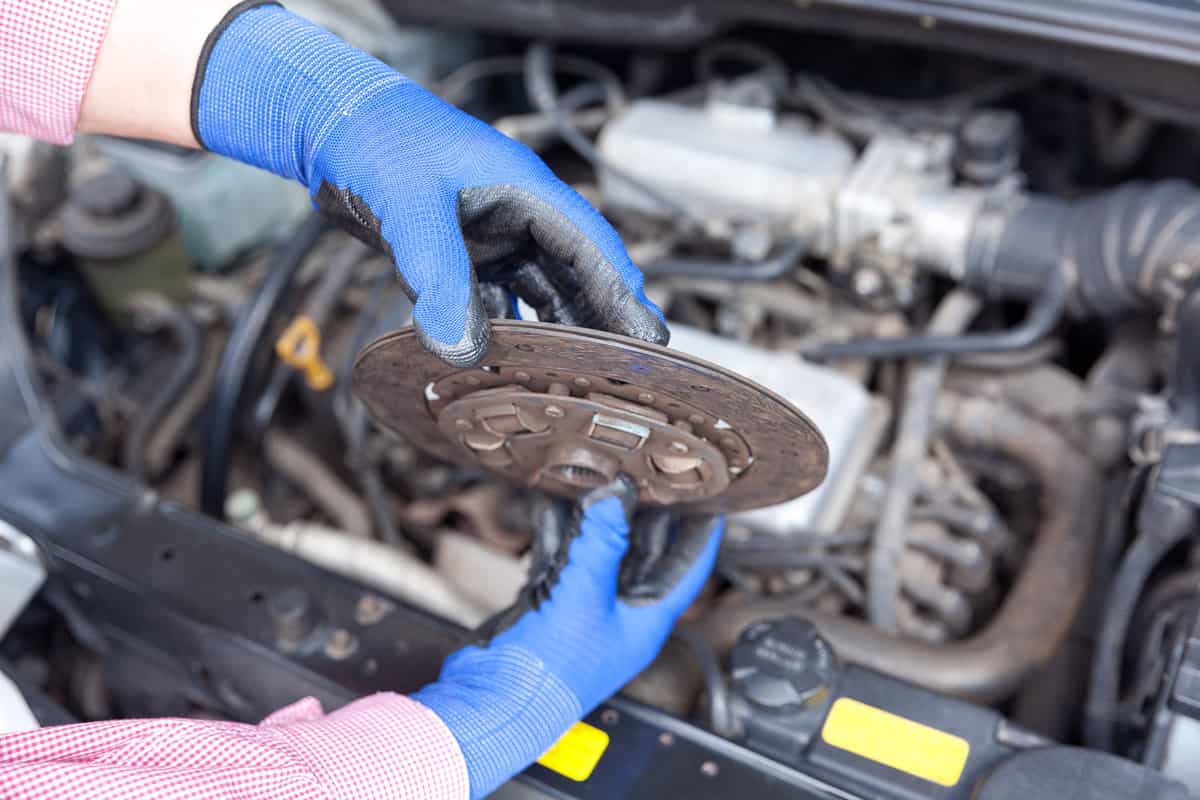
Issues with the torque converter
A torque converter, also called a lock-up clutch or hydrodynamic coupling, is a mechanical device that transmits engine torque to the transmission through a fluid.
It allows the engine to run at any speed without stalling and is often used by high-performance vehicles to improve acceleration and fuel economy. Torque converters reduce engine speed and provide an intermediate gear ratio between the engine and the transmission.
A faulty torque converter will not be able to transmit engine torque to the transmission, which can be one of the possible causes why a transmission slips.
How Can Frozen Water Damage the Transmission System During Winter?
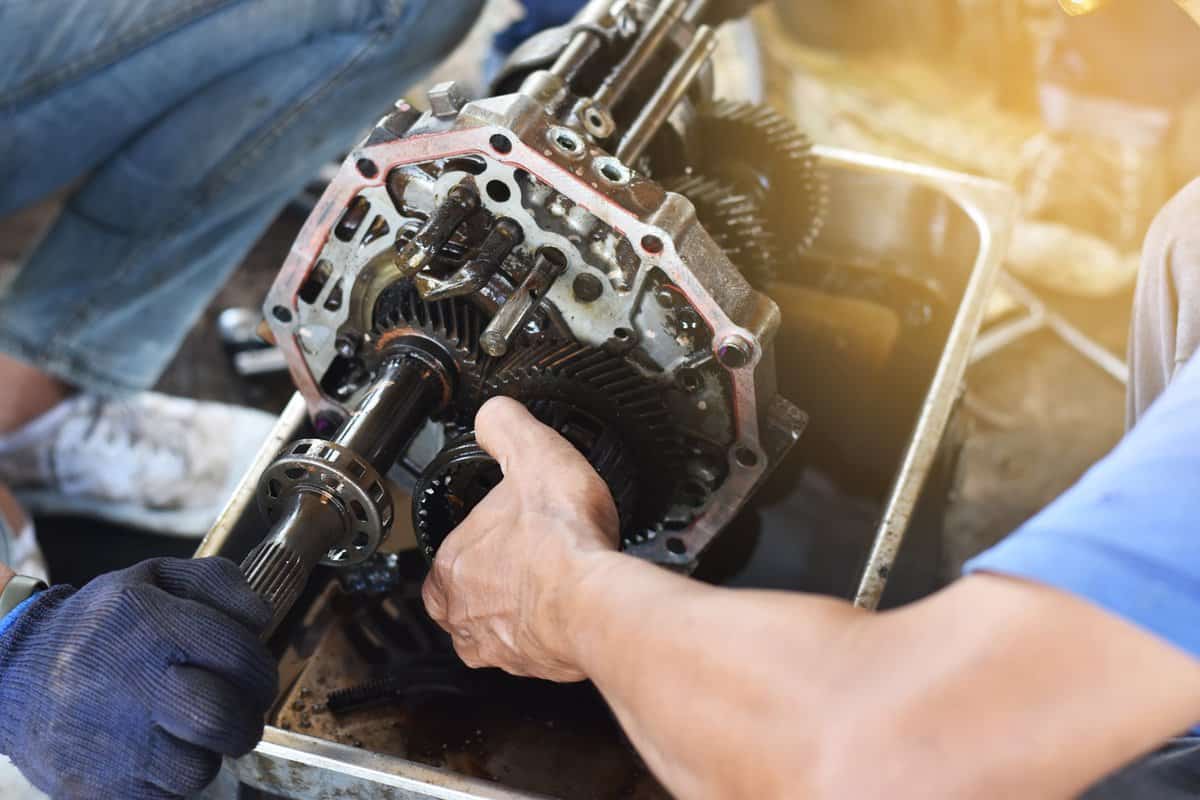
Winter is one of the worst seasons for your vehicle. Many things can happen when you're driving in winter. For example, you might get stuck in a snowdrift. Or you might hit a patch of ice on the road. These situations can be detrimental to your transmission system.
If you don't take care of your car, you could have a frozen transmission. This is a common problem that happens during winter. When it does, water may get inside your transmission and freeze. As a result, the transmission case and the valve body can be damaged.
Cost of Fixing A Slipping Transmission
A failing transmission system is the last thing you want to encounter in your vehicle. If it's not repaired correctly, it could result in significant engine damage or other issues that can be very expensive to repair.
Fortunately, there are many companies out there that offer transmission repair services, and they usually have reasonable prices on their services. You can expect to pay between $1,800 to $3,400, depending on the gravity of the issue.
Summing Up
The transmission can slip when you first start the engine in cold weather conditions. The engine's temperature is lower than normal, so the transmission is shifting slower than usual.
It is recommended to let the transmission warm up for a few minutes before you drive the vehicle.
You might also like these posts:
Why Check Transmission Fluid When Engine Is Running?

